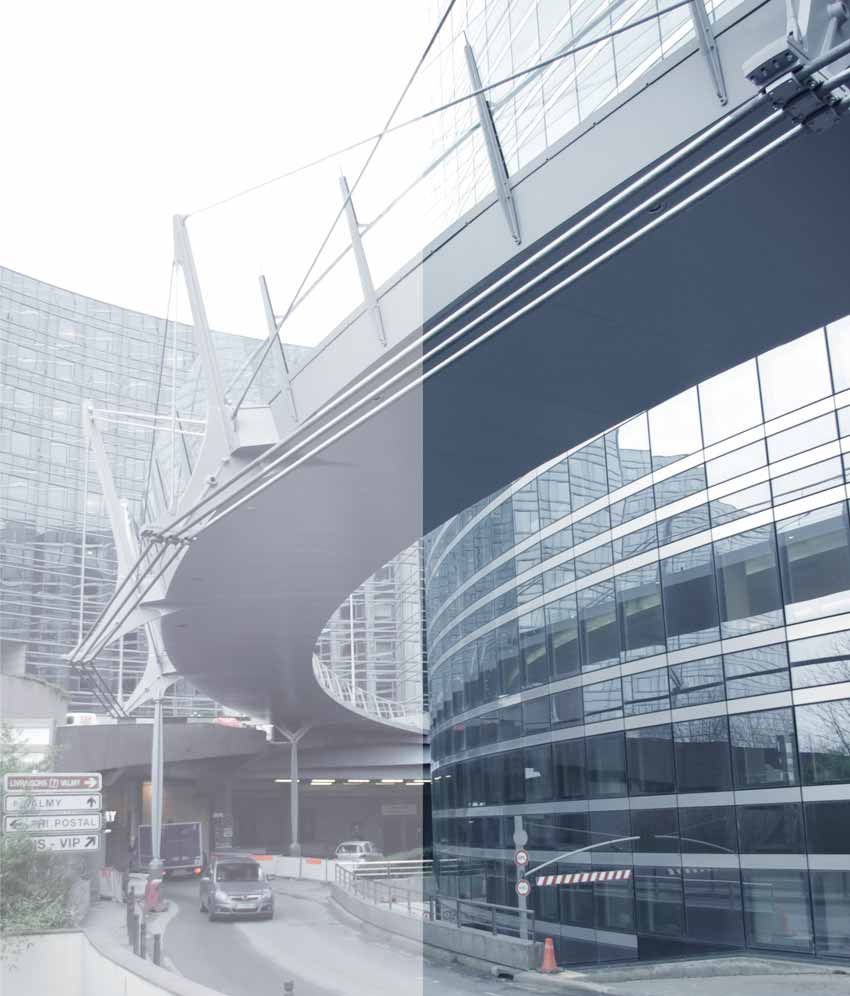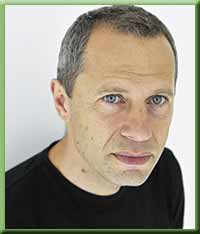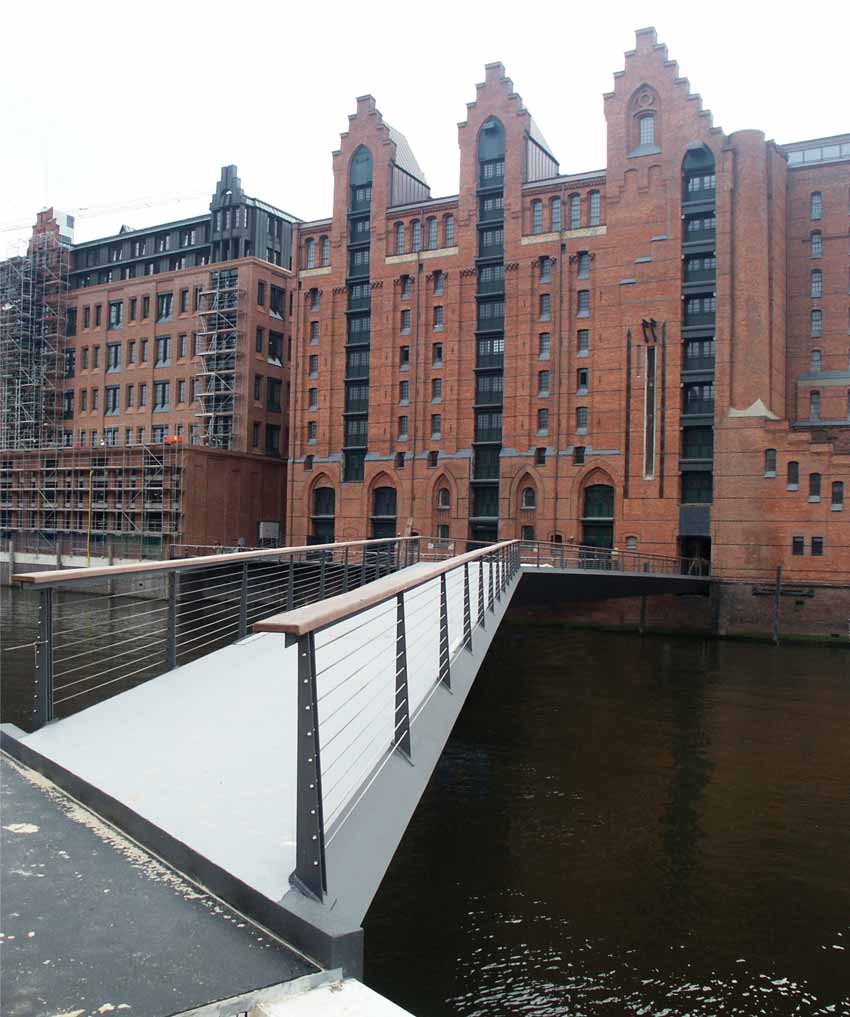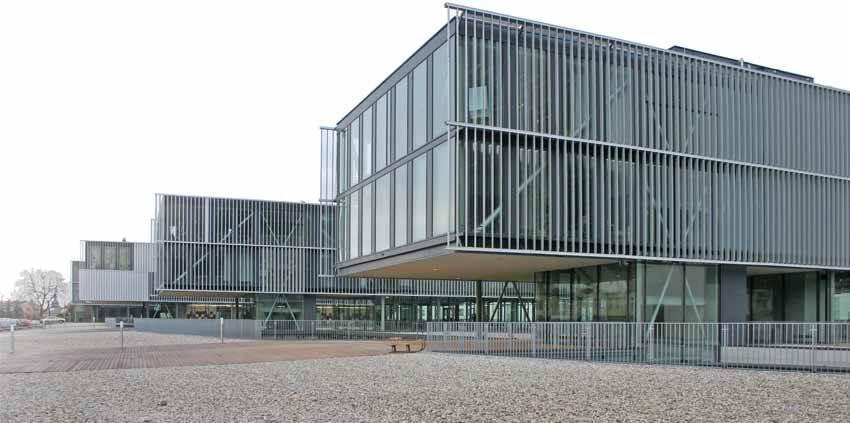

"Habits of designing only Buildings, only bridges or anything else, kills creativity"- Dietmar Feichtinger
Dietmar Feichtinger is an Austrian architect whose works itself tell the story of aesthetic, transparency and structural efficiency of the project. Whether it's a design of a bridge or a building, his approach to deliver an architectural response to the clients brief and to the site has always resulted in visually elegant works.

Studied architecture at the Technical University of Graz, graduating [summa cùm laude] in 1988, architect Feichtinger gains initial experience from Prof. Huth, Prof. Giencke and Prof. Klaus Kada, and then he moved to Paris in 1989, and worked at Chaix/Morel where he was appointed associate architect and project manager. In 1994, he founded Feichtinger Architectes, with headquarters in Paris and in 2002 he opened a subsidiary in Vienna. Feichtinger has taught at a number of universities since 1994 - the University of Paris VILa Villette, the RWTH Aachen, the University of Innsbruck and the University of Vienna.
Museum Passerelle
The footbridge has received the year award for the best Building 2007 from the AIV Hamburg. The geometry of the footbridge continues two strong directions on each riverside–the throughway of the former storage building "Kaispeicher B" recently transformed into a ship museum, connecting access road and harbour, and the main pedestrian axes of an urban park area generated by the transversal water basin in the north. The walking surface widens up towards the middle offering a comfortable area to have a rest and overlook the harbour. The bridge is not only a link but also a public space opening new perspectives on the urban landscape.Fundamental of Architecture
According to the architect Feichtinger, every location calls for its own project. Treating every project as a new one fitting into a specific location is a good way of avoiding routine. This involves seeking a new solution every time, endeavoring to be highly modern, highly contemporary and above all avoiding stylistic precepts. Every location, every natural landscape, every urban setting requires its own response.He doesn't want to get into the habit of designing only office buildings, only bridges or anything else because he thinks ‘Habits kill creativity'. His works cover a hospital, universities, office building, toll verticals and cinemas as well as bridges. Everywhere Feichtinger focuses primarily on fitting his projects into their setting. This, he strongly believes, is the fundamental tenet of architecture, a guiding principal rather than an obstacle, and he pays close attention to thestructure of his work. The bones of the building that is what every architect should be interested in. His bridges are in that sense, a stylistic exercise. That is all revealing architecture you can conceal nothing. It is the basic principal that makes the project.
Projects
The project portfolio of Dietmar Feichtinger comprises bridges, office or residential buildings, museum, halls, schools, urban planning, and so on. Some of his notable projects are the sport center Jules Ladoumège Paris, footbridge over the Rhône River Lyon, Footbridge Simone-de-Beauvoir Paris, Art Center Weiz Weiz, Cultural space and music center Aubervilliers, Urban Projet SABAG Salzburg, Uniqa headquater, New corporate headquarter Vienna, Office Center Handeslkai Vienna, and so on.Awards
2008: German Bridge and Footbridge Award, Footbridge over the Rhin Footbridge Award 2008, Catégorie Esthétique, Passerelle Simone de Beauvoir Footbridge Award 2008, Catégorie Technique, Passerelle des Trois Pays2007: Mies van der Rohe Award 2007, nomination of 3 projects of the office European Steel Design Award, Simone de Beauvoir footbridge Bauherrnpreis, Austria 2007, University Camus Krems Renault Future Traffic Award 2007, Footbridge over the Rhin

Danube University Krems
This building made the Krems Campus into Austria's largest construction project in the education sector. Approximately Euro 56.4 million were invested in the building. Dietmar Feichtinger Architectes (DFA) proposed a comb-like structure for the project. Instead of exploiting the different heights of the site in the obvious way by embedding most of the building, the architects used a composition of three parallel, broadly projecting volumes at the upper edge of the site to produce a situation that, in contrast to an underground ambiance, creates even in its low-lying internal courtyards a free, open and transparent ensemble of coolly self-assured educational buildings. A connecting wing parallel to the old building holds the three teeth of this comb together and uses a glazed bridge to link them to the former tobacco factory.2006: Equerre d'Argent, french architecture prize, Passerelle Simone de Beauvoir Architecture Award of the Land of Styria, Award Geramb-Rose, Cultural Center Weiz Architecture Award of the Land of Lower Austria, ‘AustrianConstructionPrize2005', Contract.world.Award, shortlisted, University Campus Krems Award for the best building 2006, Shanghai Bridge Hamburg
2005: Equerre d'Argent 2005, nomination, Building A1, Gennevilliers, France
1998: Prize of Architecture of Academy of Arts Berlin















